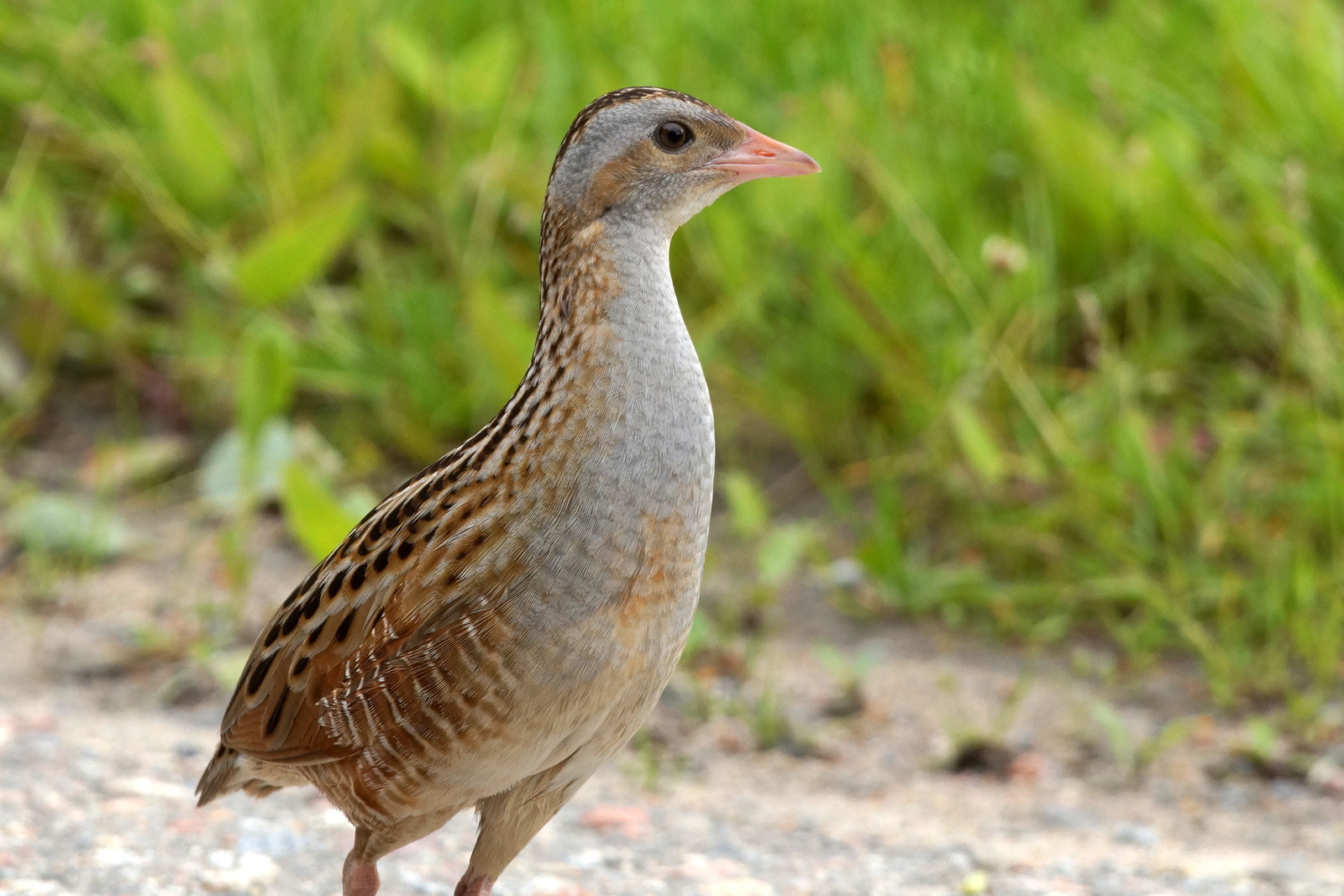Descrizione
Zuvintas wetland (6940 ha) is a natural complex, covering a small human-influenced, very natural variety of swamps and a big shallow lake. This lake is only 0.6 m in depth and is one of the most important places in Lithuania for birds. Here the populations of Falco di palude, Schiribilla, Gru and Pettazzurro are the largest in the country. During migration there are huge amount of Gru, geese, ducks, sandpipers and other flocks of birds. Zuvintas wet meadows - is one of two locations in Lithuania, where the extremely rare, globally endangered Pagliarolo can be found. Around the lake also Re di quaglie can be heard and if you are extremely lucky seen. In the last 30 years, 234 bird species have been observed in Zuvintas. For birding it is best to visit the area in spring and in the first half of summer.
Dettagli
Accesso
Although it is certainly a place worth visiting, especially for its beauty, there is only one accesible place, the observation tower near the reception center, which is reached by a wooden path in very bad condition (be careful here). Being a fairly large lake, you will need a telescope to be able to watch birds.
Terreno e habitat
Zona umidaCaratteristiche dell’area
Terreno piano , Paludoso , Paesaggio apertoPercorso ad anello
NoÈ utile un cannocchiale?
SiBuona stagione per il BW
Primavera , AutunnoMiglior periodo per visitare
Primavera , Autunno , Migrazione autunnale , Migrazione primaverilePercorso
Strada asfaltata , Sentiero ampio , Sentiero stretto , Strada sterrataGrado di difficoltà del percorso a piedi
FacileModalità di accesso
A piedi , Bicicletta , MacchinaCapanno/torretta di osservazione
SiInformazioni aggiuntive
Information added by user Gulliver: Spring and Autumn are good times to observe large flocks of geese and ducks. But in summer, almost all migratory songbirds have gone and only low numbers of birds remain in the lake: Cormorano, Germano reale, Pavoncella, Oca selvatica, Airone bianco maggiore, Falco di palude, etc. August is a good time to see Aquila di mare in their perch in the opposite shore of the lake (telescope). In the surrounding cultivated fields you will be able to see Starna, Gru, Cicogna bianca, Zigolo giallo, Stiaccino and Averla piccola.




